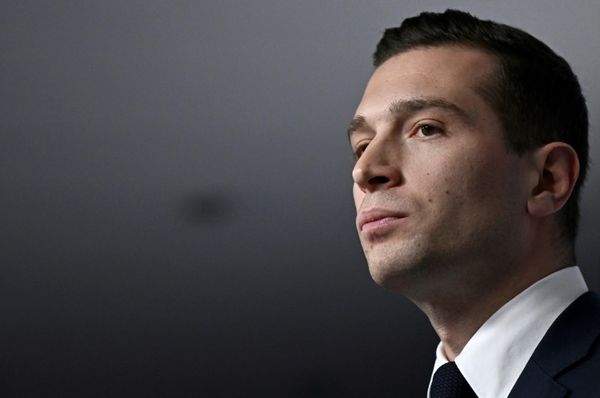Investors can use countless ways to help spot stock market tops — from moving averages to momentum indicators to sentiment indexes to market breadth gauges. But one of the most effective ways is a simple price and volume signal.
When the S&P 500 or Nasdaq composite fall in higher volume than the previous session, consider it a sign that institutional investors are selling shares more heavily. Mutual funds, insurance firms, hedge funds and other major investors leave footprints in the form of heavy volume.
This is known as "distribution," and often flags a downturn even while indexes are still rising. A series of multiple distribution days over several weeks is — at a minimum — a reason for investors to turn cautious.
Distribution is one of the ways IBD tries to determine if a stock market uptrend is rolling over. It's the reason why the Market Pulse in The Big Picture tracks distribution days. Multiple higher-volume declines are a hallmark of tops before stock market corrections or even bear markets.
Stock Market Topping Signal
The exact number of distribution days that becomes a concern can vary depending on other stock market conditions. Five distribution days within 25 trading sessions is a rough rule of thumb.
The July 2023 stock market top saw a rapid deterioration. The Nasdaq peaked on July 19 last year, when the composite closed barely higher and near session lows (1). That was an instance of stalling: a type of distribution that occurs with a negative price reversal in higher volume.
Meanwhile, the S&P 500 had already piled up four distribution days even while the index continued to climb.
Institutional selling quickly started adding up on the Nasdaq, with distribution days on July 20, 21, 27 and Aug. 2 (2). Notice the index closed near session lows each time — another sign of weakness. On that last date, IBD's stock market outlook was cut to "uptrend under pressure." In the current IBD market exposure model, it probably would have been cut to 40%-60% exposure.
It was time to raise cash and cut market exposure. On Aug. 17 (3), the outlook was cut again, to "market in correction." That would likely equate to an exposure level of 0%-20%.
A rebound in the second half of August ran out of steam just as the Nasdaq climbed to the levels where we gave the "under pressure" decision. From there, the stock market was in a downtrend until its November bottom.
Other Signals To Watch
To be sure, distribution days aren't the only method IBD uses to downgrade its market outlook. Index moving averages, the behavior of leading stocks and other factors go into each decision.
On Oct. 13, for example, the Nasdaq and S&P 500 had only one distribution day before the outlook went to "under pressure." But both indexes met resistance around their 50-day moving averages.
A few other notes:
- An index must fall at least 0.2% to count as distribution. A rounded-up percentage may count.
- Distribution days have a shelf life: After 25 sessions pass or if the index climbs more than 5% from the distribution day's close, the day comes off the scoreboard.
- A cluster of several distribution days over a week or two is a worry.
- When the stock market is in a correction, there's no point in tallying distribution days. The top is already in.
This article was originally published Dec. 15, 2023, and has been updated.







